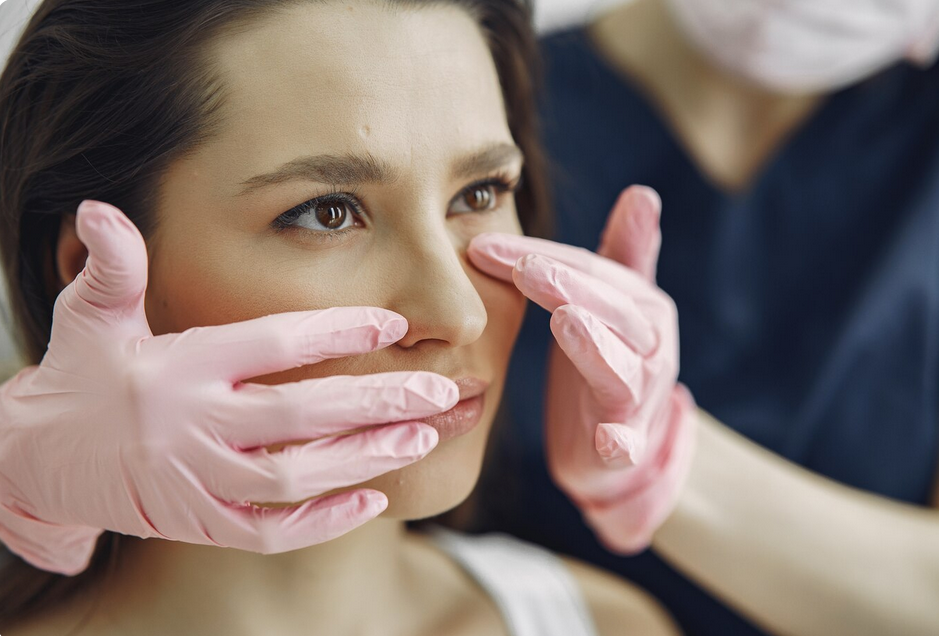1. What is alar reduction surgery?
Alar reduction (or alar base reduction / alarplasty) is a cosmetic procedure that reduces the width of the nostrils. It’s ideal for patients who feel their nose looks too wide or flared, especially when smiling. The surgery involves removing a small wedge of tissue at the base of each nostril to achieve a more refined nasal shape.
2. Is Korea a good place to get alarplasty?
Yes—Korea is globally known for its advanced cosmetic surgery techniques, experienced surgeons, and high-quality care. Many clinics in Seoul cater to international patients and specialize in facial harmony and natural-looking results, including alarplasty.
3. How much does alar reduction cost in Korea for foreigners?
Prices range from ₩1.3M to ₩3.5M KRW (roughly $1,000–$2,700 USD), depending on the clinic, surgeon experience, and additional services like sedation, post-op care, or translator support. Some clinics offer discounts or package deals for overseas patients.
4. Is the surgery painful?
The procedure is done under local anesthesia or twilight sedation, so you won’t feel pain during the surgery. Post-op discomfort is usually mild and manageable with prescribed painkillers. Most patients describe the feeling as tightness or slight soreness rather than real pain.
5. How long does recovery take?
- Day 1–3: Swelling, possible bruising, and mild discomfort
- Day 4–7: Stitches are removed
- 1–2 weeks: Most swelling subsides
- 4–6 weeks: Nose appears more refined
- 3–6 months: Final results are visible
Most foreigners stay in Korea for 7–10 days after surgery before flying home.
6. Will I have visible scars?
When performed by a skilled Korean surgeon, scars are barely visible and hidden in the natural crease of the nostril. Minimally invasive methods and refined stitching reduce scar appearance significantly. Clinics also offer scar care treatments like laser or ointments.
7. Can I combine alar reduction with other procedures?
Absolutely. Many international patients combine it with:
- Rhinoplasty (nose bridge reshaping)
- Tip plasty (nose tip refinement)
- Non-surgical fillers or threads
Ask during your consultation if combination surgery is right for your facial structure and timeline.
8. Do I need a visa for medical travel to Korea?
Most foreigners can enter Korea visa-free for up to 90 days, but check your country’s current entry policy. Some clinics also assist with medical visa documents (C-3-3) for longer stays or follow-ups.
9. How do I find English-speaking surgeons in Korea?
Search for:
- Clinics with international departments
- Platforms like Seoul Guide Medical or Jivaka Care
- Reviews from non-Korean patients
Look for surgeons with before-and-after photos, clear communication, and fluent coordinators.
10. How do I book a consultation before traveling?
Many clinics offer virtual consultations via Zoom, KakaoTalk, or WhatsApp. You’ll be asked to:
- Send photos of your face and nose from several angles
- Share medical history
- Discuss expectations and get a quote
This helps you make informed decisions before booking your flight.
✈ Bonus Tip:
Plan for 10–14 days in Korea to allow time for consultation, surgery, and safe recovery. Add in some time for sightseeing—many patients combine surgery with a relaxing “beauty vacation.”




